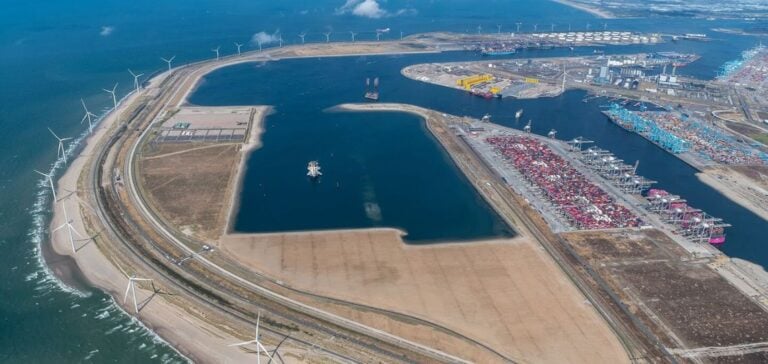GES has teamed up with Provaris Energy to develop an innovative terminal in Rotterdam for the import of green hydrogen, with connections to the HyNetwork network to serve the European market.
Pre-feasibility study and project objectives
As part of their collaboration, GES and Provaris are undertaking a pre-feasibility study to validate the technical and economic viability of unloading Provaris’ H2Neo compressed hydrogen carriers at GES’ Rotterdam terminal. This initiative also includes joint marketing of the proposed installation. Provaris will transport the hydrogen with its H2Neo transporters, while GES will manage the discharge and injection of the hydrogen into the distribution network.
Strategic importance of the Rotterdam site
The GES terminal in Rotterdam has been identified as the ideal site for the mass import of green hydrogen, thanks in particular to its immediate connection to the HyNetwork network. This network will facilitate the distribution of hydrogen to industrial consumers in Rotterdam and other key European regions, supporting decarbonization objectives.
Competitive advantages and regional reach
The compressed hydrogen supply chain developed by Provaris offers a competitive solution to traditional chemical carriers, with potential sources stretching from the Nordic regions to North Africa. This strategy aims to efficiently supply European industrial users with green hydrogen.
Peter Vucins, CEO of GES, and Martin Carolan, Managing Director of Provaris Energy, both expressed their enthusiasm for the collaboration, highlighting its potential to develop a cost-effective import solution for Rotterdam and its energy customers in Europe. They see this terminal as a crucial gas pedal for the availability of green hydrogen.






















